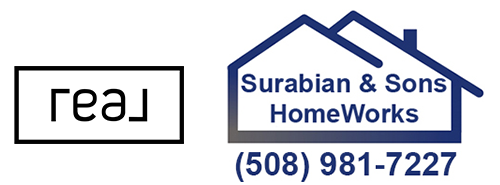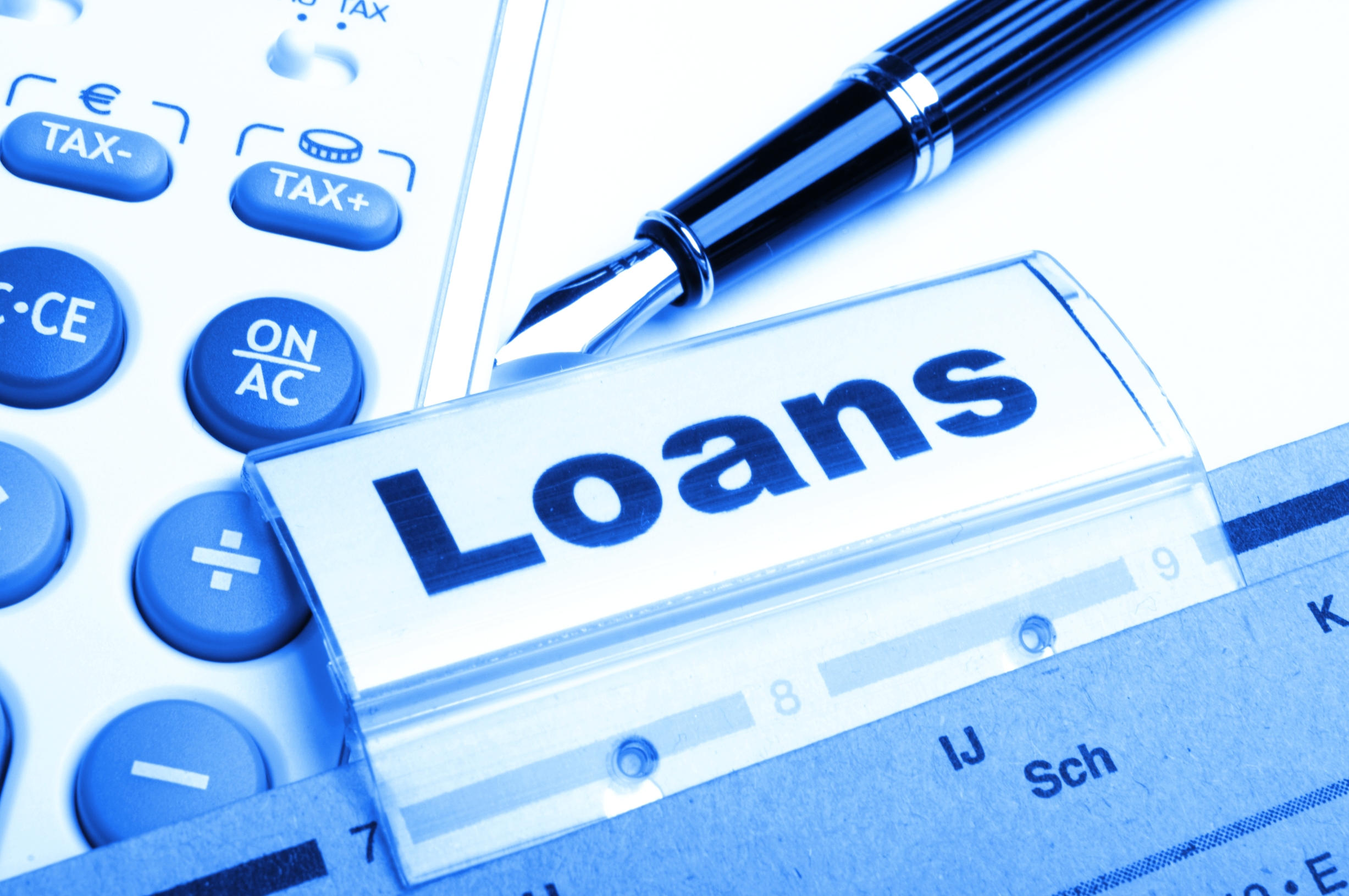Conventional Loan or Government Loan? Your Life Answers the Question
Which fixed-rate or adjustable-rate mortgage you qualify for introduces a whole host of other categories, and they fall under two umbrellas: conventional loans and government loans.
Conventional Loans
Conventional Loans offer some of the most competitive interest rates, which means you’ll likely pay less in interest over the period of the loan. Typically you can get one more quickly than a government loan because there’s less paperwork.
To qualify for a conventional loan you typically, you need at least a credit score of 620 or above and a 5% down payment. Here’s what else you need to know about conventional loans: If you put less than 20% down for a conventional loan, you’ll be required to pay private mortgage insurance (PMI), an extra monthly fee designed to mitigate the risk to the lender that a borrower could default on a loan. (PMI ranges from about 0.3% to 1.15% of your home loan.) The upshot: The lender has to cancel PMI when you reach 22% equity in your home, and you can request to have it canceled once you hit 20% equity.

Most conventional loans also have a maximum debt-to-income (DTI) ratio, which compares how much money you owe (on student loans, credit cards, car loans, and other debts) to your income — expressed as a percentage. Fannie Mae and Freddie Mac set limits on how much money you can borrow for a conventional loan. A home loan that conforms to these limits is called a conforming loan. Limits are revisited annually and are subject to change based on each area’s average home price.
Jumbo Loans
Jumbo Loans are home loans that exceed the limits. Jumbo loans are a type of conventional loan. A They typically require a higher down payment (up to 30% for some lenders) and a credit score of at least 720. Some borrowers can qualify while putting down 20%, but their credit score has to be higher.) They also tend to have stricter debt-to-income requirements, generally allowing for a maximum DTI ratio of 38%. There are practical considerations to take into account before getting a jumbo loan too, mainly: Are you comfortable carrying that much debt? The answer depends on your current financial situation and long-term financial goal.
Government Loans
These loans are meant to stimulate the housing market and enable folks who may be unable to qualify for conventional loans to still become homeowners.Include loans secured by the Federal Housing Administration (FHA), U.S. Department of Veterans Affairs (VA), and the U.S. Department of Agriculture (USDA).
FHA Loans
FHA loans are used by a broad swath of people, including those with lower credit scores and income. You can get an FHA loan with a downpayment of 3.5% if you have a minimum credit score of 580. You can still qualify with a credit score below 580 — even with no credit score — but the down payment and other requirements will be much highe
FHA loans conform to loan limits set by county; these limits typically range from $294,515 to $679,650 in high-cost areas. You can view the FHA mortgage caps for your county at hud.gov. If you get an FHA loan, you must pay an upfront mortgage insurance premium (MIP) and an annual premium of 0.85%. Currently, the MIP is 1.75% of the loan amount — so, $1,750 for a $100,000 loan. This premium can be paid upfront at the mortgage closing, or it can be rolled into the monthly mortgage payment.
Also, a heads-up, the date an FHA loan was issued affects the MIP. If you received an FHA loan on or before June 3, 2013: You’re eligible for canceling MIP after five years, but you must have 22% equity in your home and have made all payments on time. If you received an FHA loan after June 3, 2013, to stop paying MIP, you’d have to refinance into a conventional loan and have a current loan-to-value of at least 80%.
VA Loans
VA loans are for active or retired military or a veteran’s surviving spouse. They offer a mortgage with a 0% down payment. VA loans also can have more lenient credit requirements — typically around a minimum 620 credit score — and lower DTI requirements. The VA only allows lenders to charge 1% maximum to cover the costs of originating and underwriting the loan, so you save money at closing. There is, however, an additional upfront, one-time funding fee of 2.15%. VA loans also don’t charge borrowers mortgage insurance — potentially helping you save a significant chunk of cash on your monthly payment. Given the benefits, a VA loan is often the best mortgage option for people who qualify.
USDA Loans
USDA loans are mortgages for limited-income home buyers in towns with populations of 10,000 or less, or that are “rural in character,” meaning that some areas that now have bigger populations are grandfathered in. You can see whether your town is eligible on the USDA’s website.
USDA loans typically have lower interest rates than non-USDA loans. Down payments can be as low as 0%. USDA mortgages also have more lenient credit score requirements than conventional loans. Income limits to qualify depend on location and household size. USDA loans charge an upfront mortgage insurance fee of 1% of the loan amount and annual mortgage insurance premium of 0.35%. And USDA loan borrowers must buy a “modest home” — a property with a market value deemed reasonable for the area, though the USDA does not set specific price limitations.

